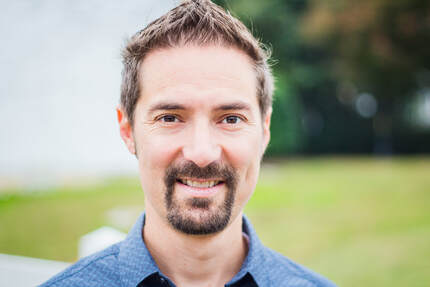david c shepherd, phd |
bio |
David Shepherd is an Associate Professor in the Department of Computer Science at Louisiana State University. He earned his Ph.D. and M.S. in Computer Science at the University of Delaware, and his B.S. in Computer Science at Virginia Commonwealth University. David has since worked as a postdoctoral fellow in the Department of Computer Science at the University of British Columbia, built sweat equity as employee #9 at Tasktop Technologies, and risen to Senior Principal Scientist at ABB Corporate Research. His research has produced tools that have been used by thousands, innovations that have been featured in the popular press, and practical ideas that have won business plan competitions. Dr. Shepherd currently serves as the Co-Editor-in-Chief of the Journal of Systems & Software. He has served as the Program Co-Chair for the industrial tracks of the 20th ACM SIGSOFT International Symposium on the Foundations of Software Engineering (FSE 2017), the 39th ACM/IEEE International Conference on Software Engineering (ICSE 2017), and the 31st International Conference on Software Maintenance and Evolution (ICSME 2015). His current work focuses on enabling end-user programming for industrial machines and increasing diversity in computer science.
|
research |
Dr. Shepherd's research focuses on software engineering, human computer interaction, and computer science education. His applied research has consistently resulted in working prototypes and products which serve to provide real world validation of academic ideas. Current research topics include end-user programming for industrial machines and increasing diversity in computer science. Please see his research lab page for details.
|

